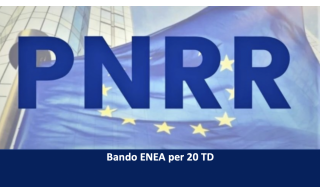paper published on the implementation of the WRF meteorogical model in the FORAIR_IT forecasting system
The article "Preliminary Tests on the Sensitivity of the FORAIR_IT Air Quality Forecasting System to Different Meteorological Drivers" has been published on the Special Issue "Recent Advances of Air Pollution Studies in Italy" on the journal Atmosphere.
The article "Preliminary Tests on the Sensitivity of the FORAIR_IT Air Quality Forecasting System to Different Meteorological Drivers" has been published on the Special Issue "Recent Advances of Air Pollution Studies in Italy" on the journal Atmosphere.
In the study, the RAMS and WRF meteorological models have been tested in the high resolution air quality forecasting system FORAIR_IT, in daily priduction since 2017, at high spatial resolution (20 km in Europe, 4 km in Italiy), and currently candidate for the Copernicus European forecasting services.
Several tests have been carried out on daily forecasts of NO2 and O3 concentrations, with the aim of assessing their sensitivity to meteorological input to improve their quality. The WRF chain has been applied in different configurations, changing the parameterization of different micro-meteorological variables (snow, mixing height, albedo, roughness length, soil heat flux + friction velocity, Monin - Obukhov length). The simulated concentrations in the different configurations of the meteorological model, for January and August 2019, were compared with the measured concentrations available, showing good overall performance of the chain driven by WRF, differentiated according to the individual meteorological configuration and the type of pollutant. WRF-based predictions clearly improve the model reproduction of the temporal variability of concentrations, while the distortion of O3 is greater than in the RAMS-based configuration. The results show the way to continue testing the WRF configurations, with the aim of improving the calculation of the concentrations.
For information:
Mario Adani, mario.adani@enea.it
Antonio Piersanti, antonio.piersanti@enea.it





